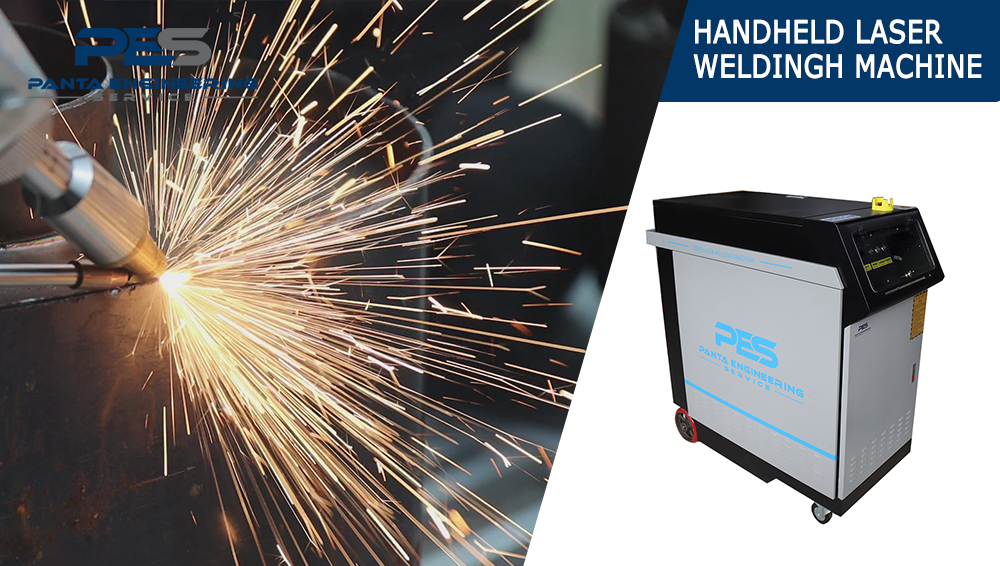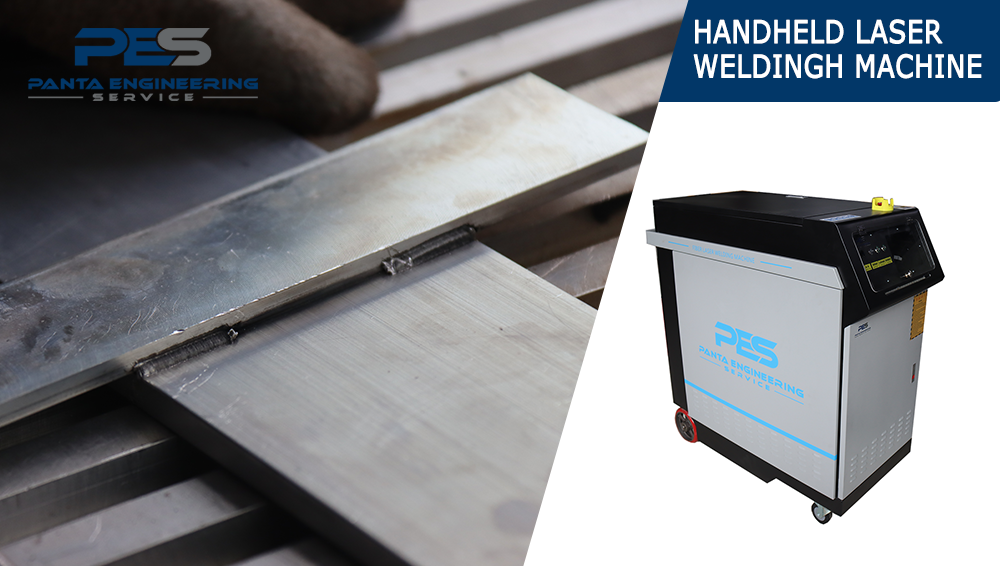Categories
New Blog
Laser Welding: Four Unique Effects
Feb 03, 2023

The development of laser technology in China has become more and more mature. With the popularization of laser cutting machines, laser technology is more and more used in various industries in society. The emergence of laser welding machines has given us a deeper understanding of laser welding. know. Today we will explore the details of laser welding.
Laser welding is a process that uses laser as a heat source to heat materials to melt and connect materials. Since the monochromaticity and directivity of the laser are very good, it is easy to focus into a very fine spot, and the energy density in the spot is extremely high. Therefore, the main feature of laser welding is the depth-to-width ratio of the weld (the ratio between the depth of penetration and the width of the weld. rather big. Laser welding can be performed in the atmosphere, sometimes using shielding gas as required by the process. Lasers can weld high melting point materials and sometimes dissimilar materials. With the development of industrial lasers, control technology and machine tools, laser welding machines are developing in the direction of small size, compactness, high efficiency, durability and reliability, and are equipped with computers, rotatable lenses, multi-channel beam splitting and optical fiber transmission, etc. To improve operational flexibility and automation. Compared to conventional welding methods such as arc welding, four unique effects occur during laser welding.
1) Weld seam purification effect
When the laser beam is irradiated on the weld, since the absorption rate of the laser by impurities such as oxides in the material is much higher than that of the metal, the oxides and other impurities in the weld are rapidly heated and vaporized. , which greatly reduces the impurity content in the weld. In the end, laser welding not only does not pollute the workpiece, but can also purify the material.
2) Light explosion impact effect
When the laser power density is high, the metal in the weld is vaporized rapidly under the irradiation of the powerful laser beam. Under the action of high-pressure metal vapor, the molten metal in the molten pool produces explosive splashes, and its powerful shock waves propagate toward the depth of the cavity, forming elongated deep holes. During the continuous welding process of the laser, the surrounding molten metal continuously fills the cavity, and finally condenses into a strong deep penetration weld.
3) Small hole effect of deep penetration welding
Under the irradiation of a laser beam with a power density as high as 107W/cm2, the rate of its energy input into the weld is far greater than the rate of heat conduction, convection, and radiation loss, so that the metal in the laser irradiation area is rapidly vaporized. Under the action of high-pressure steam, small holes are formed in the molten pool. This kind of hole is like a black hole in astronomy, which can absorb all light energy. The laser beam passes through the hole directly to the bottom of the hole, and the depth of the hole determines the depth of melting.
4) The focusing effect of the side wall of the hole in the molten pool on the laser
In the process of forming holes in the molten pool under laser irradiation, since the incident angle of the laser beam incident on the side wall of the hole is usually relatively large, the incident laser beam is reflected on the side wall of the hole and transmitted to the bottom of the hole, thus appearing in the hole. The phenomenon of beam energy superposition, which can effectively increase the beam intensity in the hole, this phenomenon is called the hole side wall focusing effect. The reason why laser can be used for welding is the result of the above effects.

The unique effect of laser welding makes laser welding have the following advantages:
(1) The laser irradiation time is short, and the welding process is extremely fast, which is not only conducive to improving productivity, but also the material to be welded is not easy to oxidize, and the heat-affected zone is small, which is suitable for welding transistor components with strong heat sensitivity. Laser welding has neither welding slag nor the need to remove the oxide film of the workpiece, and can even weld through glass, especially suitable for welding in micro precision instruments.
(2) The laser can not only weld the same kind of metal materials, but also can weld dissimilar metal materials, even metal and non-metal materials. For example, for an integrated circuit using ceramics as a substrate, it is difficult to use other welding methods due to the high melting point of ceramics and it is not suitable to apply pressure, but it is more convenient to use laser welding. Of course, laser welding cannot weld all dissimilar materials.